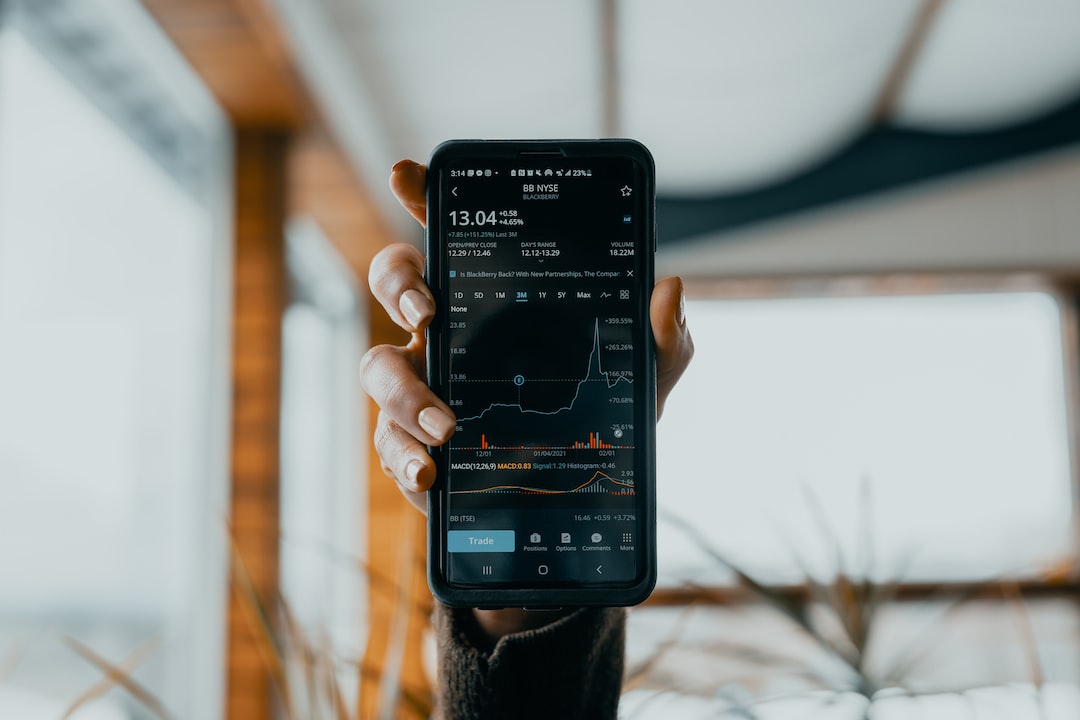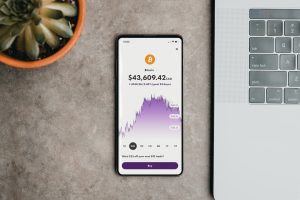The foreign exchange market, commonly known as forex, is the largest and most liquid financial market in the world, with a daily trading volume of over $5 trillion. In forex trading, the spread is the difference between the bid and ask price of a currency pair. Forex spreads are always changing, and they can be influenced by various factors, including market volatility, liquidity, economic events, and geopolitical tensions.
Lately, forex spreads have been particularly high due to several reasons. Firstly, the COVID-19 pandemic has caused a lot of uncertainty in the global financial markets, leading to increased volatility and risk. The pandemic has disrupted global supply chains, forced businesses to shut down or operate at reduced capacity, and caused widespread job losses. As a result, investors have become more cautious and risk-averse, leading to heightened demand for safe-haven assets such as the US dollar and Japanese yen.
The increased demand for safe-haven currencies has led to a shortage of liquidity in the forex market, particularly for currencies of emerging market economies. Emerging market currencies are typically more volatile and riskier than major currencies such as the USD, EUR, GBP, and JPY. Therefore, investors are less willing to trade them in times of crisis, leading to wider spreads.
Secondly, the US-China trade war has also contributed to high forex spreads, particularly for currencies of countries that rely heavily on exports to China. The trade war has caused a lot of uncertainty and volatility in global markets, leading to increased demand for safe-haven assets such as the USD and JPY. Moreover, the trade war has disrupted global supply chains, causing a shortage of goods and services and driving up prices. This has led to higher inflation in some countries, which has further widened forex spreads.
Thirdly, the recent increase in geopolitical tensions has also contributed to high forex spreads. The ongoing conflicts in the Middle East, particularly between the US and Iran, have caused a lot of uncertainty in global markets, leading to increased demand for safe-haven assets such as the USD and JPY. Moreover, the recent protests in Hong Kong and the US presidential election have also contributed to heightened volatility and risk in the markets, leading to wider spreads.
Lastly, the recent surge in retail trading activity has also contributed to high forex spreads. With the rise of online trading platforms and social media, more and more retail traders are entering the forex market, seeking to profit from the fluctuations in exchange rates. However, retail traders typically have smaller trading volumes than institutional traders, meaning that they have less influence over the market. This can lead to wider spreads, as the market makers seek to protect themselves from the risk of sudden price movements caused by retail traders.
In conclusion, forex spreads are currently high due to a combination of factors, including the COVID-19 pandemic, the US-China trade war, geopolitical tensions, and the surge in retail trading activity. These factors have led to increased volatility, risk, and uncertainty in the markets, causing investors to become more cautious and risk-averse. As a result, forex spreads have widened, particularly for currencies of emerging market economies and countries that rely heavily on exports to China. Traders should be aware of these factors when trading in the forex market and adjust their strategies accordingly.






